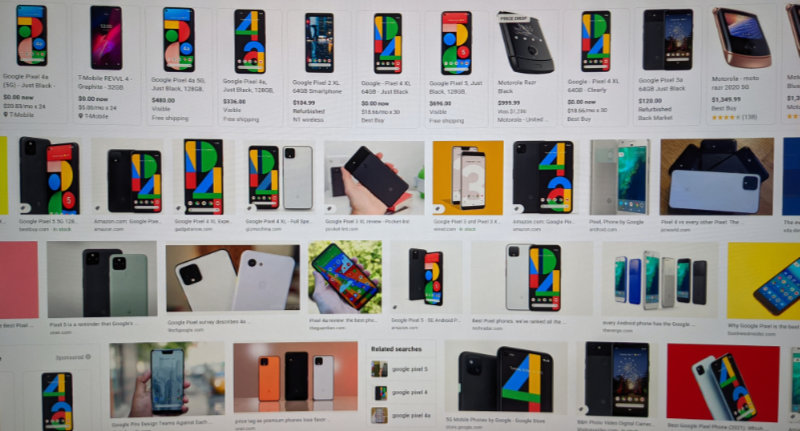I just finished reading another poorly done conservative piece in the Savannah Morning News; this one full of hearsay and innuendo. It was published at the same time as another piece that formed the point of this particular point/counter-point. Both writings are supposedly about Biden’s immigration plan, but only the positive one really discusses […]
Year: 2021

A disturbing pattern is beginning to emerge in the local newspaper I read, the Savannah Morning News. They just published a second piece by a conservative Republican blaming the lack of school openings on teacher’s unions (and by association, Democrats). The piece (also found here), written by Scott Jennings, segues like a pinball between a […]

I had ATT mobile service for years. I also had Samsung phones. After moving to Georgia, we decided to try something new. We were paying too much to ATT for two phones for two people who don’t use a lot of data. I also wasn’t interested in paying the price of a small farm in […]

The only place I could escape politics and Trump lies and Trump liars seemed to be Nextdoor. This neighborhood social media app discourages contentious discussions about topics such as religion and politics in favor of helpful tidbits shared by people whose only connection is a close physical proximity. Last week, in and among the requests […]
